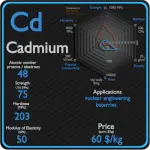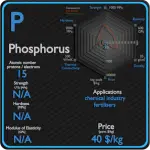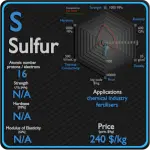This article contains comparison of key thermal and atomic properties of lithium and sodium, two comparable chemical elements from the periodic table. It also contains basic descriptions and applications of both elements. Lithium vs Sodium.
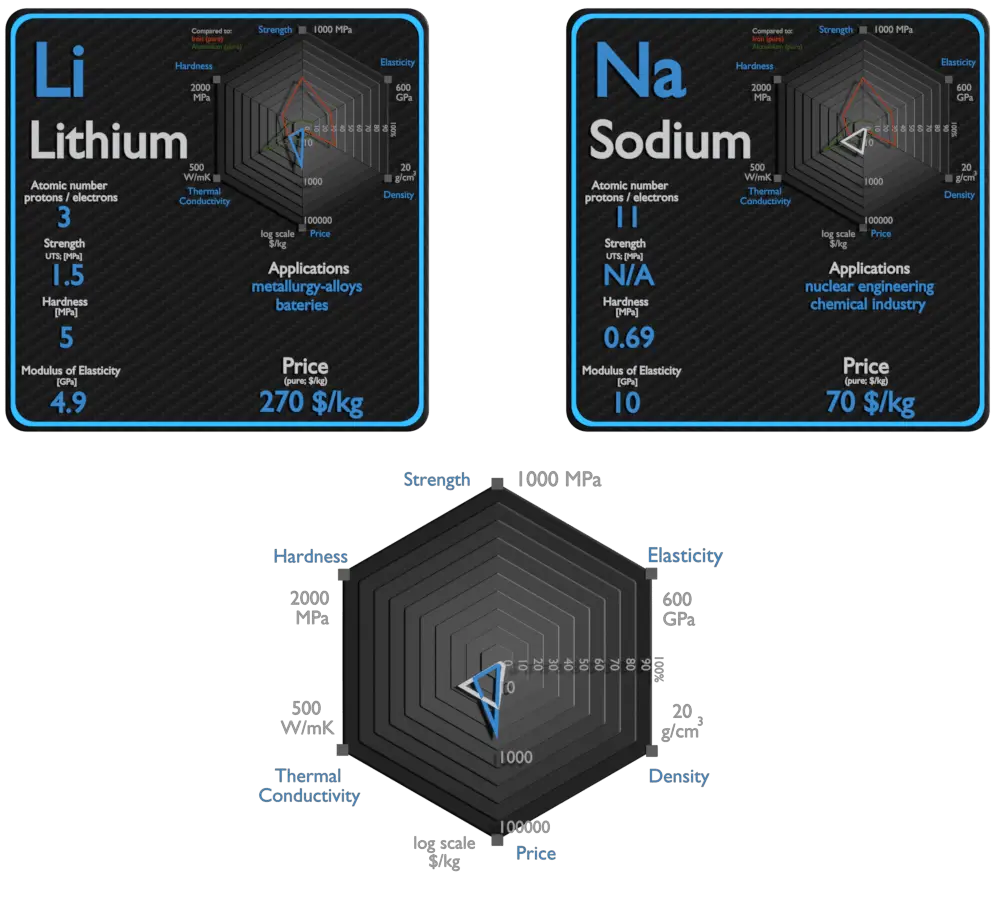
Lithium and Sodium – About Elements

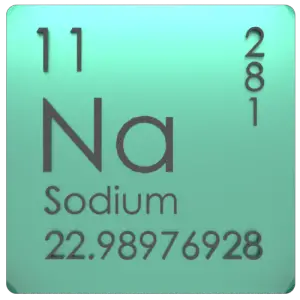
Source: www.luciteria.com
Lithium and Sodium – Applications
Lithium
Lithium has many applications, from lubricating grease, alloying additions in particular for aluminium and magnesium alloys, to glazes for ceramics, and finally, lithium batteries. In particular, lithium is and will continue to play an increasingly important role in the battery-powered clean air future. Lithium batteries are widely used in portable consumer electronic devices, and in electric vehicles ranging from full sized vehicles to radio controlled toys. The term “lithium battery” refers to a family of different lithium-metal chemistries, comprising many types of cathodes and electrolytes but all with metallic lithium as the anode.
Sodium
Metallic sodium is used mainly for the production of sodium borohydride, sodium azide, indigo, and triphenylphosphine. A once-common use was the making of tetraethyllead and titanium metal; because of the move away from TEL and new titanium production methods. An electric current and sodium vapor combine to form a yellowish glow. This principle is used for the making of sodium vapor lamps. Sodium is occasionally used as a heat exchange medium in nuclear power plants. Liquid sodium is sealed into pipes surrounding the reactor core. Generated heat is absorbed by sodium and forced through the pipes in a heat exchanger which can be used to generate electricity.
Lithium and Sodium – Comparison in Table
| Element | Lithium | Sodium |
| Density | 0.535 g/cm3 | 0.968 g/cm3 |
| Ultimate Tensile Strength | 1.5 MPa | N/A |
| Yield Strength | N/A | N/A |
| Young’s Modulus of Elasticity | 4.9 GPa | 10 GPa |
| Mohs Scale | 0.6 | 0.4 |
| Brinell Hardness | 5 MPa | 0.69 MPa |
| Vickers Hardness | N/A | N/A |
| Melting Point | 180.5 °C | 97.8 °C |
| Boiling Point | 1342 °C | 883 °C |
| Thermal Conductivity | 85 W/mK | 141 W/mK |
| Thermal Expansion Coefficient | 46 µm/mK | 71 µm/mK |
| Specific Heat | 3.6 J/g K | 1.23 J/g K |
| Heat of Fusion | 3 kJ/mol | 2.59 kJ/mol |
| Heat of Vaporization | 145.92 kJ/mol | 96.96 kJ/mol |






